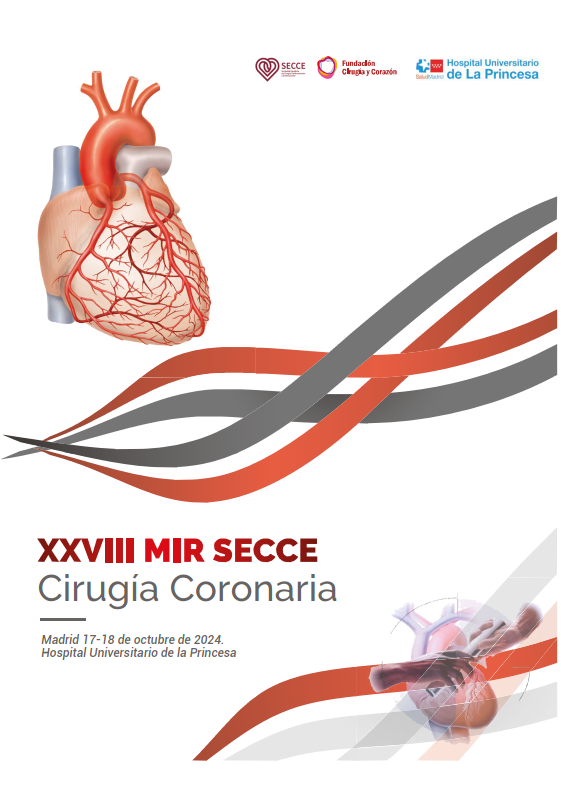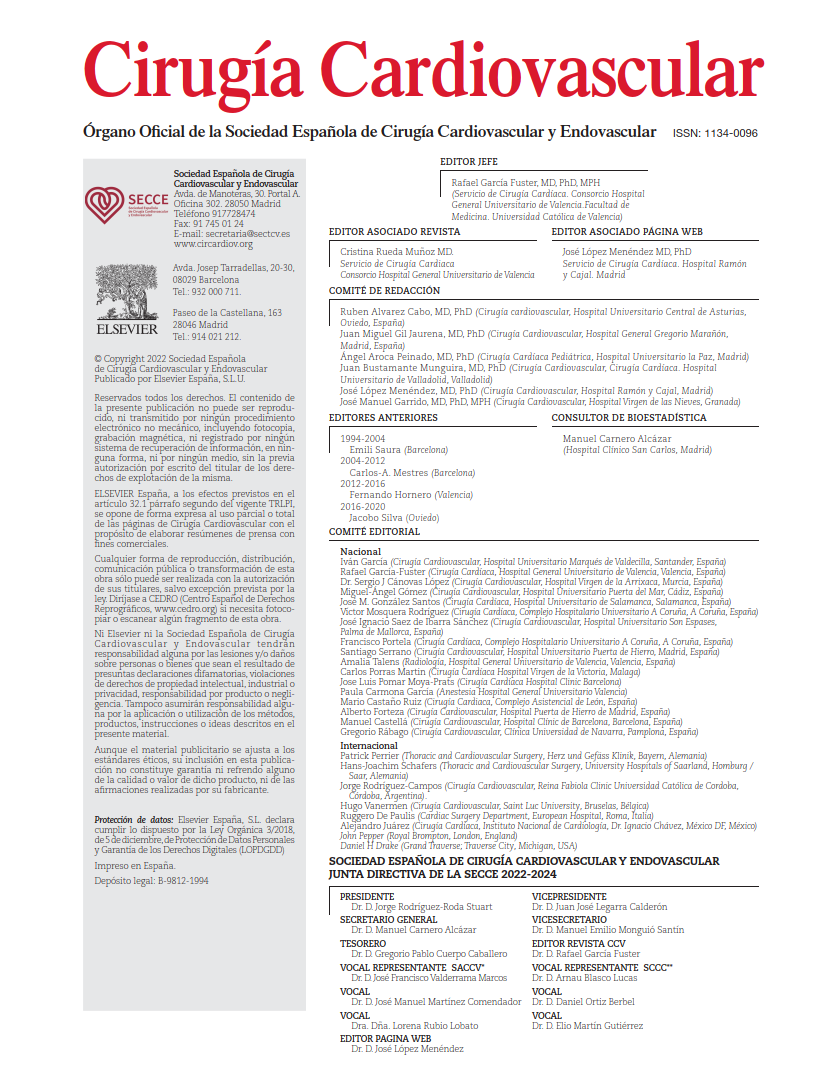Matching the donor and recipient heart size has been demonstrated to be crucial for outcomes after heart transplantation (HT). The optimal method for determining heart size compatibility between donor and recipient involves the use of validated equations. While these calculations consider both right ventricular mass (RVM) and left ventricular mass, RVM alone has been identified as a more sensitive predictor of mortality than total predicted heart mass ratio. Furthermore, right ventricular function depends on multiple factors, particularly pulmonary vascular resistance (PVR), which has a direct impact on mortality.
Based on these premises, the aim of this study was to understand the relationship between the donor-to-recipient RVM ratio and the recipient’s PVR in post-HT outcomes.
A retrospective study was conducted including adult HT recipients from the United Network for Organ Sharing (UNOS) database between 1994 and 2021, selecting only those with available PVR data (n = 42,594). Predicted RVM was calculated using validated formulas, and the RVM ratio was obtained by dividing the donor RVM by the recipient RVM. The influence of RVM ratio and PVR on post-HT outcomes was assessed using logistic regression, adjusting for recipient-related factors known to affect these outcomes: age, sex, diabetes mellitus, creatinine levels, prior hospitalization, presence of ventricular assist devices before transplantation, and ischemic time. To further explore the relationship between RVM ratio and PVR, a secondary analysis was performed, evaluating the impact of PVR on mortality in patients with a matched RVM ratio (RVM ratio ≥1) and those with a mismatched RVM ratio (RVM ratio <1).
Among the included HT recipients, the median PVR was 2.4 Wood units (WU), and the median RVM ratio was 1.2. Independently of PVR, the RVM ratio was strongly associated with the need for postoperative dialysis (odds ratio [OR] = 0.49; p < .001) and 1-year mortality (OR = 0.64; p < .001). Regardless of RVM ratio, PVR was highly associated with 1-year mortality (OR = 1.05; p < .001), but not with the need for postoperative dialysis (OR = 0.98; p = .156). When considering both RVM ratio and PVR, each remained a significant predictor of mortality; however, PVR did not modify the effect of RVM ratio on 1-year mortality (OR = 0.99; p = .858). Secondary analyses revealed that a 1 WU increase in PVR was associated with an 11% increase in mortality risk in patients with an RVM mismatch (RVM ratio <1; p = .001), but only a 5% increase in patients with a matched RVM ratio (RVM ratio ≥1; p = .003).
Thus, the authors concluded that both RVM ratio and PVR are independent predictors of 1-year mortality after HT. However, a greater RV mass may help mitigate the adverse effects of elevated PVR.
COMMENTARY:
Several studies have established the influence of donor-to-recipient heart mass ratio and recipient pulmonary hypertension on post-HT outcomes. This study aims to explore the potential relationship between these two well-known risk factors, given their recognized physiological connection. Ultimately, the authors demonstrate that both RVM ratio and PVR are independently associated with mortality after HT and that PVR does not alter the effect of donor-to-recipient heart size matching on survival. However, they do indicate that a greater RV mass may help counteract the deleterious effects of elevated PVR in the recipient. Additionally, they provide quantitative data supporting this concept: for every 1 WU increase in recipient PVR, a 12% increase in the donor-to-recipient RVM ratio mitigates the risk of poor post-HT outcomes.
These findings raise the question of whether increasing the RVM ratio could be used to attenuate the negative effects of elevated recipient PVR in HT. From my perspective, this study provides valuable information on risk stratification, allowing for better preparedness and optimized perioperative and post-transplant care based on the RVM-PVR relationship. If a smaller donor heart is selected for a recipient with elevated PVR, these insights could influence clinical management, as the associated mortality risk may be higher. This could lead to earlier deployment of ventricular assist devices, more rigorous hemostatic control, or heightened readiness for complications not commonly encountered. Similarly, knowing that when the donor-to-recipient RVM ratio is well matched, the impact of elevated PVR on mortality is mitigated may have significant clinical implications.
However, we must not overlook the study’s limitations, such as its observational and retrospective nature. Moreover, RVM is a calculated variable, and PVR is a dynamic parameter that was assessed only at a single time point in this study. Despite these limitations, I believe the data contribute to our understanding of the factors influencing survival after HT. These factors are complex, multifaceted, and interrelated, sometimes leading to unexpected post-transplant outcomes.
Ultimately, this study reinforces that both donor-to-recipient RVM ratio and recipient PVR appear to be critical, independent predictors of post-HT mortality. Understanding their interplay may help refine patient selection, optimize donor matching, and enhance post-transplant management strategies.
REFERENCE:
Pasrija C, Holmes SD, Rozenberg KS, Shah A, Taylor B, Shah A, et al. Right ventricular sizing and pulmonary vascular resistance: How much mass do you need? J Thorac Cardiovasc Surg. 2024 Dec;168(6):1712-1717.e1. doi: 10.1016/j.jtcvs.2024.06.008.



